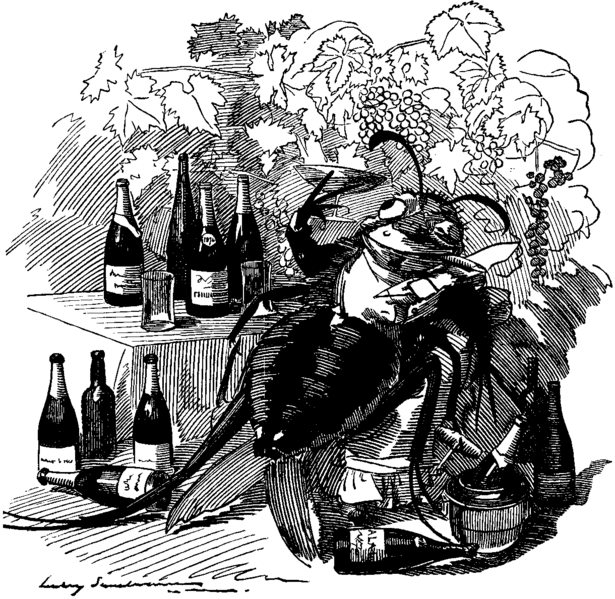Phylloxera
Here's this evil littler fucker personified:

The only thing you can do really as of now, is to go back to clones and kill all of your moms. In addition, my moms got nematodes and Diamateceous Earth as they were being cut upon (for clones,) before their funerals'. All clones are being rooted in straight perlite which should hopefully serve as a deterrant for any egg-laying in the 'new life' of the room. Oh yeah, and there are eight blue and yellow sticky traps situated around the room....haven't caught one, these fuckers are smart too. Remember, the flyers are only the adults, the larvae/babies are little white crawlies that reside in the top inch or two of soil and all long the rootball/sides of pots, even down to the very bottom next to drainage holes.
Don't fuck around, go back to clones/seed, you will not win otherwise.
lol! nice thread by the way!


